By Adem Kılıç, Political Scientist
The recent strategic military deployments of the US, the statements made by the genocidal Netanyahu-led Israeli government and the regional policies of the US under the Trump administration show that preparations are being made for a major military operation.
In particular, the deployment of B-2 bombers by the US military to Diego Garcia, a US base in the heart of the Indian Ocean, and the removal of US aircraft carriers from positions in the Persian Gulf, where they would be vulnerable to Iran and its proxy forces, on the orders of US Defense Secretary Pete Hegseth, can be seen as the first signs of a clearly impending attack.
Analysts based on Trump’s pledge to “end wars” in his second term are likely to oppose this approach.
However, these analysts ignore the fact that Trump’s pledge, in line with his “peace through strength” strategy, actually includes “sharp steps to make US policies effective in areas with potential for conflict”.
At this point, Trump, in his second and, according to US law, last presidential term, may crown the process he shaped in his first term with steps such as withdrawing from the Iran nuclear deal and implementing the “full pressure” policy with a military move with the logic of “a definitive solution to the Iranian problem”.
Changing balances in the region and the Trump effect
The nearly 18 months since the genocide in Gaza have undoubtedly weakened what Iran calls the “Axis of Resistance” and Netanyahu in particular is trying to present this as an “opportunity” to Trump.
This is because almost every US president since George W. Bush has considered a possible attack on Iran but has not exercised this option due to “Israel’s security”.
At this point, taking all these conditions into account, Trump seems to be considering the option of a military strike on Iran’s nuclear and military facilities if non-military efforts fail to stop Tehran.
Indeed, the “commitment of the US elite and Trump to Israel’s security” and the failure of diplomatic mechanisms to “rein in Iran’s nuclear program” are seen as sufficient reasons to rationalize the use of military force. How will the attack take place? There is only one option to compensate for the Netanyahu administration’s internal stalemate, to realize Trump’s Riviera Plan for Gaza and to keep the genocide in Gaza out of sight. And that is a bigger war!
It is unlikely that the US and Israel will be able to completely destroy Iran’s nuclear facilities buried under mountains with air strikes alone. However, the US and Israel will most likely use a major attack to send a message to Iran, weaken it and create an opportunity to trigger a change of leadership within Iran. From Stratfor, the so-called shadow CIA, to Fox News and VOA News, numerous organizations have reported that recent reports presented by Netanyahu to Trump suggest that Iran’s proxy forces, which the US and Israel have always seen as a threat, are weaker than ever.
According to these reports, the weakening of Iran’s proxy forces has greatly reduced the threat to Israel, leaving the Houthis as the only obstacle. This information explains why the US, under the Trump administration, has recently seen the Houthi forces as the only target.
This is precisely why the US-Israeli attacks have been concentrated on the Houthis for about a month, as the whole world has been following.
Recognizing that in the event of a possible attack, US facilities in the region, especially those in the Persian Gulf, could be targeted by Iran, the Trump administration is taking steps to make the US Fifth Fleet in Bahrain more active.
On the other hand, the recently announced order by US Defense Secretary Pete Hegseth for the US military to deploy B-2 bombers to Diego Garcia, a US base in the heart of the Indian Ocean, clearly supports this thesis.
Indeed, according to US sources, aircraft carriers, which are out of Iran’s range, will also come into play as part of the process.
This is because US aircraft carriers currently close to Iran could be targeted by Iranian drones and anti-ship missiles.
Conclusion
All these balances and other signs suggest that time is running out for a new conflict in the Middle East.
It seems that the chess pieces are being put in place and the repositioning of US ships outside the Persian Gulf to contain the conflict or launch a second attack, if necessary, will be the clearest signal of the start of this process.



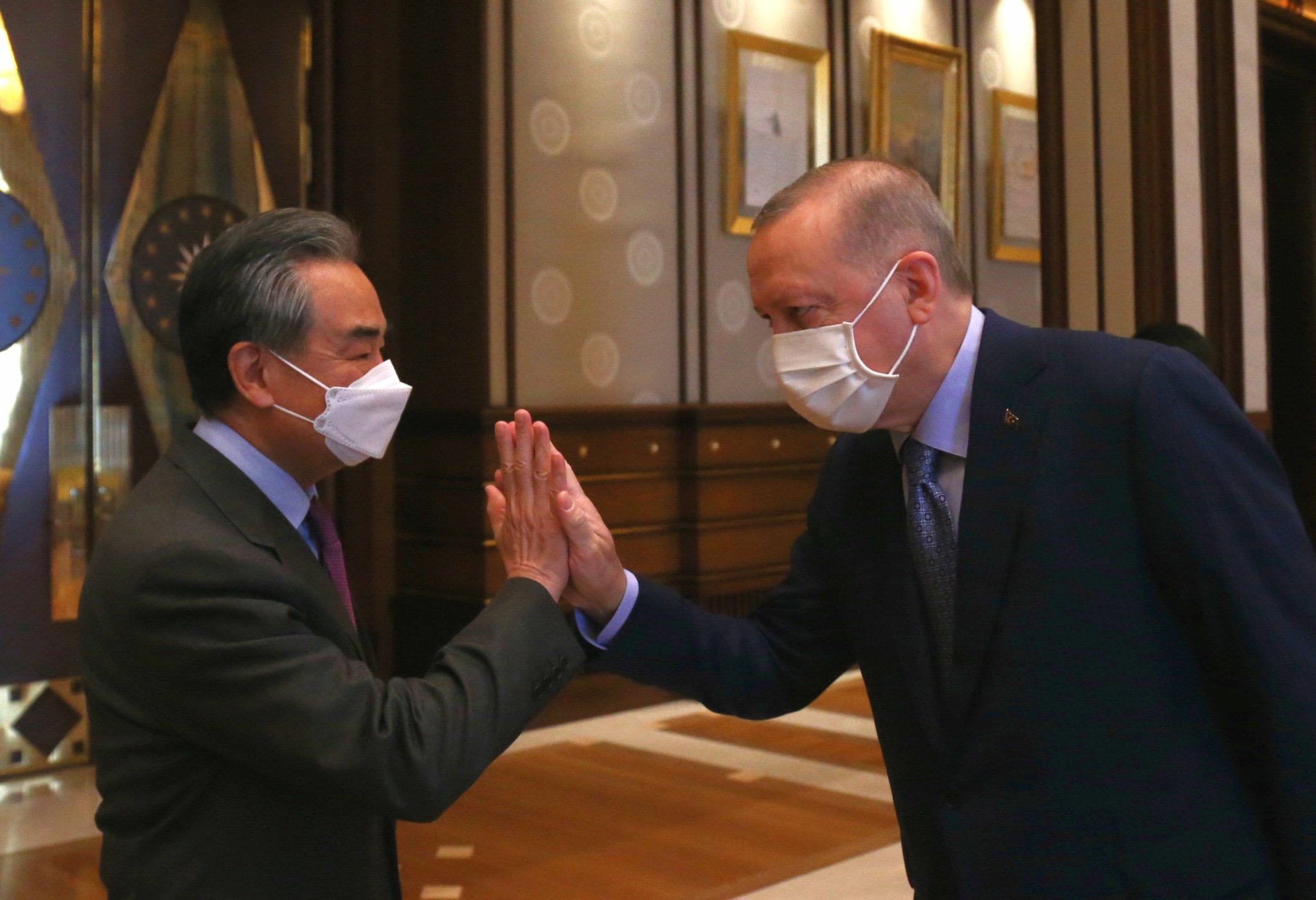
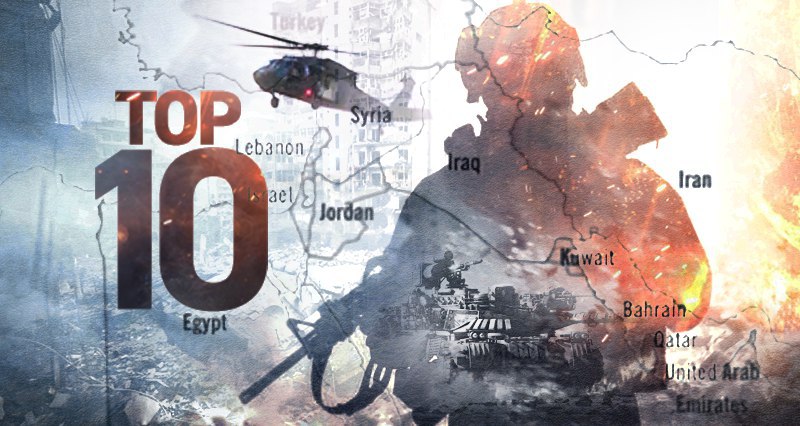


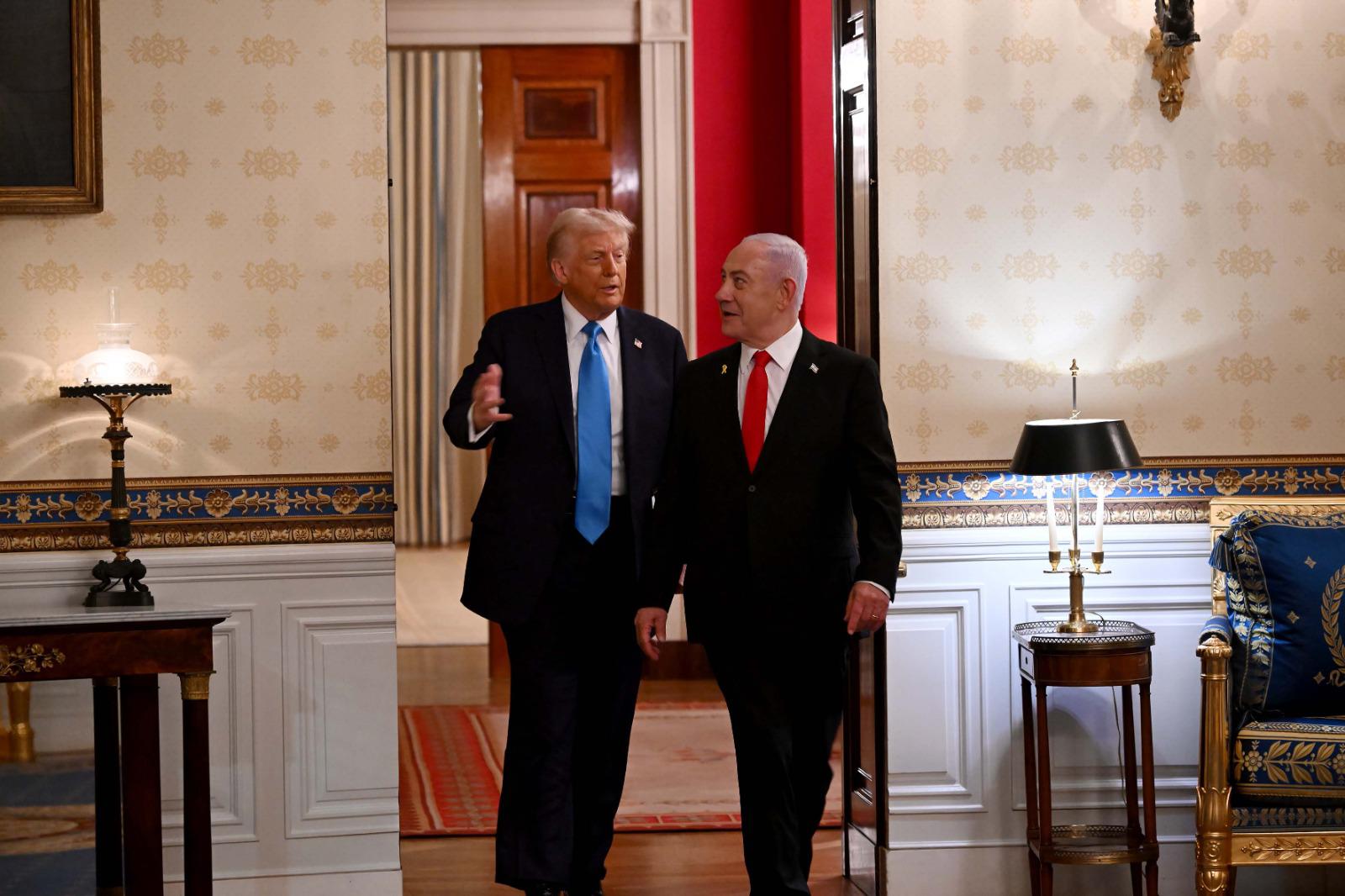
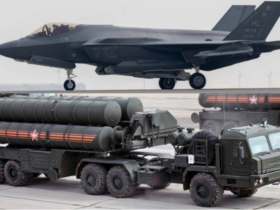





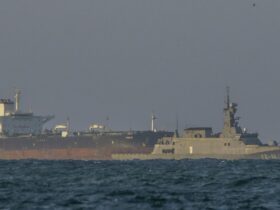


Leave a Reply